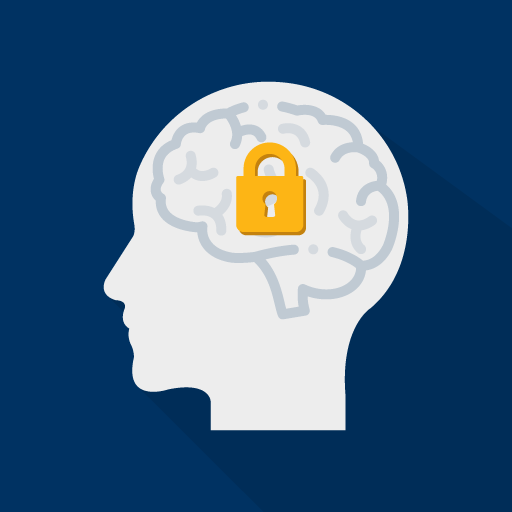

There has been a lot of discussion about the value of growth mindset. If you have not heard about this, it means that you believe you can grow, learn, and do anything novel. Individuals with a growth mindset are not concerned about defining themselves. Instead, they focus on the challenge at hand or the skill to be learned. Meanwhile, individuals with a fixed mindset only think in terms of their strengths and weaknesses.
The reason this is such a big deal is because people with a growth mindset have been shown to learn at a higher rate and have wider comfort zones. A wide comfort zone is what allows a person to operate with ease and familiarity, even in situations where they have less information. This allows people for example to work in areas where they are not already experts, and still believe they can overcome any challenges that arise.
In fact, entrepreneurs and innovators are the types of people with a growth mindset that many aspire to be. But before you reprogram your consciousness and throw away your fixed mindset, consider this: what if you can actually choose when to have a fixed mindset and when to have growth? Well you can, and it’s a dynamic choice that you are capable of making.
One thing to understand is why you would want to have a fixed mindset? Well, while growth mindset communicates that you can change yourself and the world around you, your fixed mindset helps you realize that sometimes you need to take care of certain responsibilities, even if you don’t want to do them. It helps you with fitting into the world and the ways of society. Your fixed mindset assists you with that.
Mindsets are actually Dynamic:
People never tell you this. In fact, when it comes to mindset options, you should decide for each occurrence which one you would like to use. Simply say, “What mindset will best serve me today?” If learning something new is the goal, go with growth. When you think it is better to take care of certain responsibilities in your life, then go with fixed.
There are actually a number of mindsets that you should consider adjusting as needed. Narrow vs. Broad thinking is one such mindset pair. You have the ability to switch back and forth between narrow precise thinking and a broad view to understand the context and how it connects with other things. You can literally do this within one conversation – taking a deep dive into a topic and then switching to more high-level communication for breadth.
Not convinced? Notice how hard it is to be completely satisfied while also motivated. Again, you have to be able to switch back and forth. Consider the balance you need between thinking about others and thinking about yourself. What about thinking versus feeling? Should you only think or only feel? There are clearly many mindset options that are dynamic or at least they should be partitioned by the topic of focus.
How about the Mindset Choices that Should Never Change:
We just discussed examples where it makes sense to choose your mindset dynamically, e.g. fixed vs growth. However, I have not seen too many mindsets that should not be adjusted. However, there are two that I believe are constant goals:
- Positivity: It is very hard to find a case when being negative is helpful.
- Mental strength: It is similarly hard to find a case where mental weakness is an advantage.
If we put this on a coordinate plane, we can see where we want to permanently set our minds – where the “X” is placed. If you change either of these, you end up in a bad space, i.e. angry, depressed, or mistreated over time.
The flexibility of mindset:
Most mindsets should either be kept in balance or adjusted depending on the situation. This is true for even the acclaimed idea of “growth mindset”. One well known mindset that people have found to be effective, particularly in stressful environments is called the “Happy Warrior”. It’s a mental image of a person who must be part of a battle and therefore they would be considered strong. And yet, they further temper this strength with a happy/positive mindset, as opposed to a frustration of facing the battle. This is also an illustration of the mental image described on the graph for a target mindset that has been known to work well in a wide range of situations. Thus, in summary, mindsets can and should be altered based on the situation rather than staying stagnant and inadvertently preventing individuals from tapping into their full functionality.
